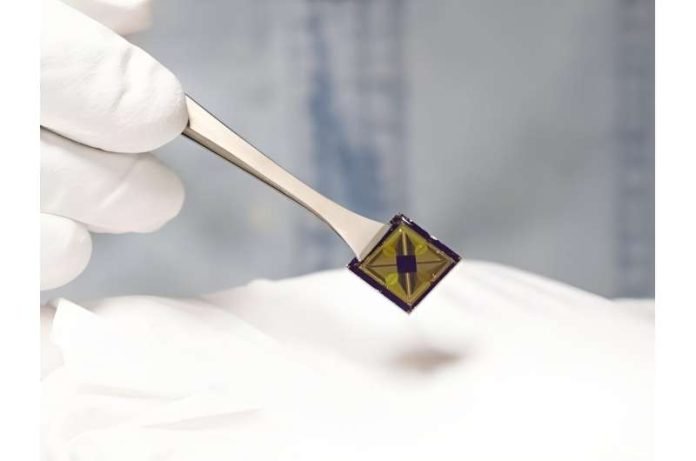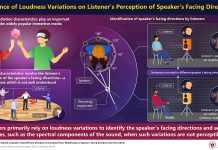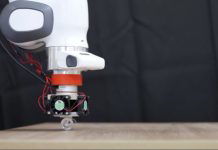
In a groundbreaking endeavor, a team of researchers at Penn State is venturing into the realm of artificial emotional intelligence by developing an electronic counterpart of the human tongue, thus providing innovative insights into replicating human-like information processing in AI systems.
Human actions, particularly eating habits, embody a confluence of physiological needs and psychological wants.
Saptarshi Das, associate professor of engineering science and mechanics at Penn State, elucidates how our dining choices epitomize emotional intelligence, a dynamic interplay between our bodily states and psychological wellbeing.
This project intertwines the subtle art of gustation (the process that helps us determine our food intake based on flavor preferences) and AI, aiming to navigate through the complex journey of human emotional intelligence and thereby infuse it into machines.
Artificial Gustation: Bridging Physiology and Psychology
To unravel this complexity, the researchers designed an “electronic tongue” alongside an “electronic gustatory cortex,” utilizing 2D materials, famed for being mere atoms thick.
This system mimics the human taste perception process: taste receptors convert chemical information from food into electrical impulses, which travel through neurons to the brain’s gustatory cortex, subsequently shaping our perception of taste.
The system crafted by the researchers embodies this with a chemically sensitive layer and a logical, circuitry layer.
The chemical sensitivity is provided by artificial taste buds consisting of tiny, graphene-based electronic sensors (chemitransistors) that can identify gas or chemical molecules.
In contrast, the logical aspect of the circuit is handled by memtransistors made with molybdenum disulfide, aiding in the creation of an “electronic gustatory cortex” that encompasses a “hunger neuron,” an “appetite neuron,” and a “feeding circuit.”
According to Subir Ghosh, a doctoral student in engineering science and mechanics, the device has the capability to “taste” substances, for example, discerning sodium ions and thereby identifying salt.
Merging Two 2D Materials for Enhanced Functionality
The researchers utilized graphene for its excellent chemical sensing capabilities and molybdenum disulfide for its aptitude for circuitry and logic, uniting their strengths to simulate the gustatory system.
Andrew Pannone, a graduate research assistant and co-author of the study, highlighted that the properties of these 2D materials harmonize, forming an artificial gustatory system capable of mimicking all five primary taste profiles: sweet, salty, sour, bitter, and umami.
The subsequent goal for Das and his team is to expand the electronic tongue’s flavor discernment capabilities by crafting arrays of graphene devices to emulate the approximately 10,000 taste receptors on the human tongue.
They envision potential applications in various domains, from AI-driven personalized diet planning based on emotional states to customizing meal choices in restaurants.
Future Trajectory: Integrating Senses for Advanced AI
Looking forward, the researchers aim to forge an integrated gustatory chip by consolidating the tongue part and the gustatory circuit.
This step intends to pave the way towards embedding this concept of gustatory emotional intelligence into AI systems, ultimately spanning other senses, such as vision, hearing, touch, and smell, to foster the development of profoundly advanced AI with enhanced emotional intelligence.
This endeavor of synthesizing sensory perceptions with AI, while presently in its infancy, has flung open doors to the possibility of creating machines capable of understanding and potentially replicating human emotional intelligence, heralding a future where the confluence of technological and emotional intelligence can coalesce into applications yet unimagined.
The research findings can be found in Nature Communications.
Follow us on Twitter for more articles about this topic.
Copyright © 2023 Knowridge Science Report. All rights reserved.



